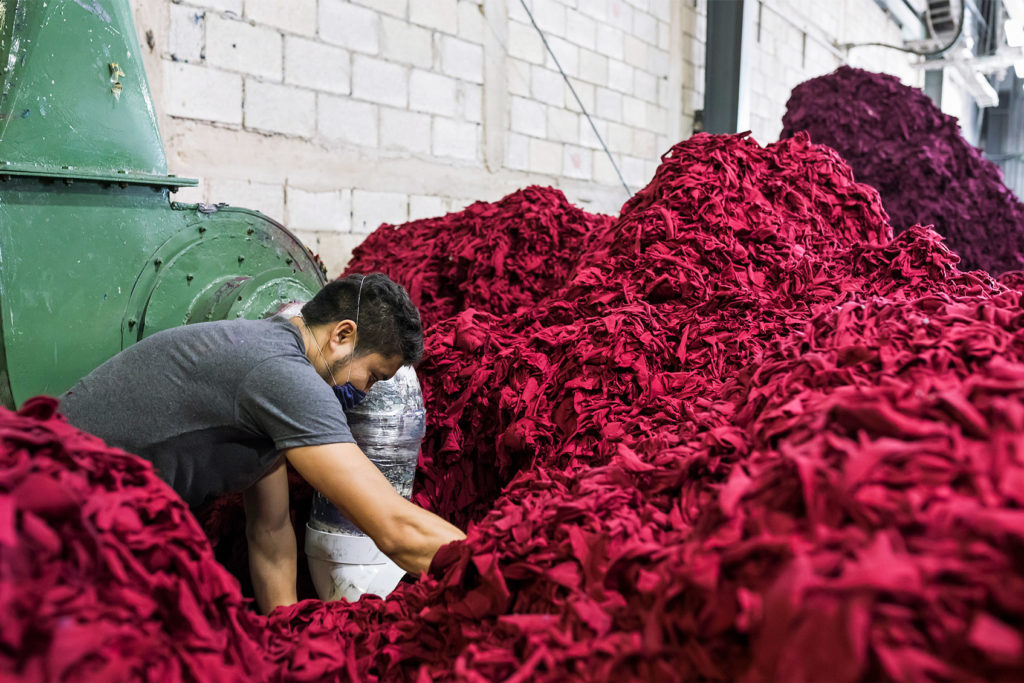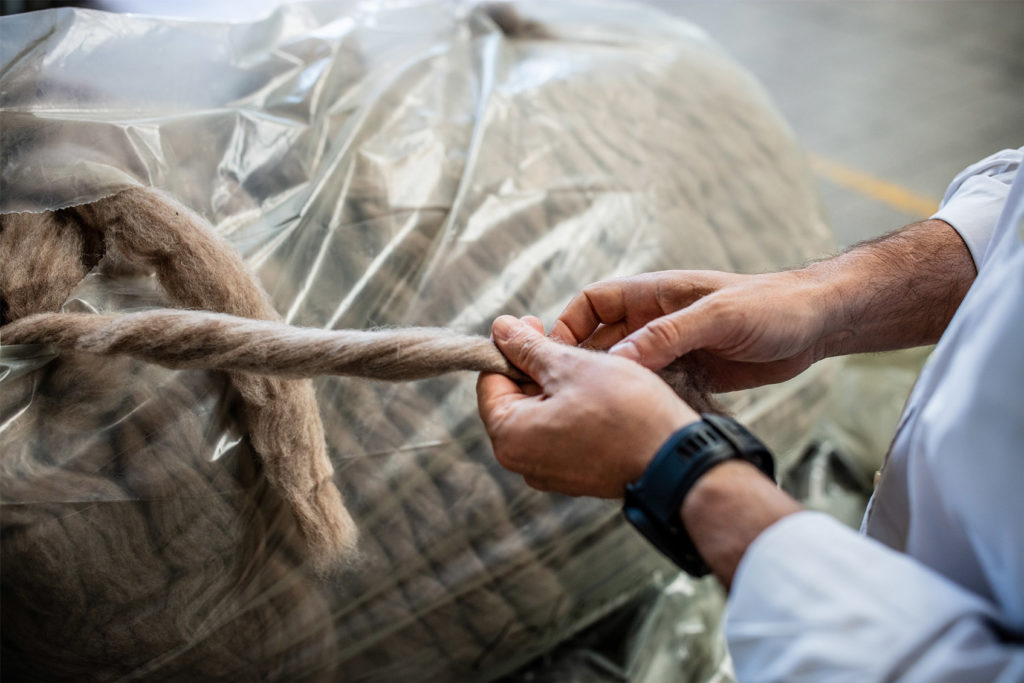Earlier in this series, we’ve discussed how we’re drunk on consumption, how we use up too much material and that recycling has some constraints. Now we’ll look at how creating and using high valued goods using recycling and sustainable materials is key. Whereas a lot of the especially wasteful waste of today is used on the low end of the cost scale. Plastic bags and plastic packaging survives for only a few days before it is disposed of in landfill. Materials such as PE, HDPE and PP are low cost and versatile. Thermosets can’t even be recycled into anything meaningful but can become perfect forms for a brief time. The lowest value applications also see, typically, the largest volumes and the shortest life of the material in that part. A nice ASA mirror could spend a few decades on a car and a PEI part could live in an aircraft for a decade while polyethylene bags last a day or two. The lest functional materials are also expensive to correctly identify and sort, something that is still often done manually. Due to all of this there is a mismatch between the high value needs of today’s consumers and the low value availability of abundant materials close to them.

Noble and trusted materials such as marble or wood, feel luxurious and long-lasting to the touch. Meanwhile, the feel of a polymer has made myriad inexpensive memories in our lives. There are notable exceptions, some high-value products use polymers well. The polypropylene handles of Wusthof knives, for example, seem very durable and luxurious. The German knife firm has gone further however and now uses “smoked oak” fiber composite materials on its Epicurean line of knives. Instead of an oil-based polymer or a costly wood, these fiber-based materials can give the manufacturer lower cost while maintaining good quality and a great feel. Outdoor retailer Patagonia has used a significant portion of recycled polyester in its recognizable product line. 72% of its collection now uses one recycled material or other and the firm also uses recycled wool, cotton, and cashmere.


One could look at other ways than just recycling materials and turning them into near new ones. Patagonia’s worn wear program patches up your jackets so they look visibly repaired but last longer. Asos’ reclaimed vintage line reportedly uses deadstock and old styles and turns them into new ones while Beyond Retro uses vintage clothing as fabric for new styles. Alternative methods can be found in 3D printing where materials such as hemp fill PLA replace an energy-intensive material with lower intensity hemp used as a filler. I like Wusthofs fiber examples and the 3D printed hemp fill because what you can do as a firm or designer is to craft a new feel, look and process to give people a completely new sensation. Using low impact and recycled materials it is possible to give a wholly contemporary branded material a sense of purpose that showcases its humble recycled origins while making the people using it feel better about themselves. Positioning these products in the higher echelon of branded products elevates the recycling process and makes for good business cases. Yes recycled napkins will elevate and use a vast quantity of material in a “morally superior” way but if we make good recycled materials design the pinnacle of achievement we will position renewed goods as a growing business set to expand across the globe.
The post 3D Printing and Mass Customization, Hand in Glove Part IV appeared first on 3DPrint.com | The Voice of 3D Printing / Additive Manufacturing.

5 Replies to “3D Printing and Mass Customization, Hand in Glove Part IV”
Comments are closed.